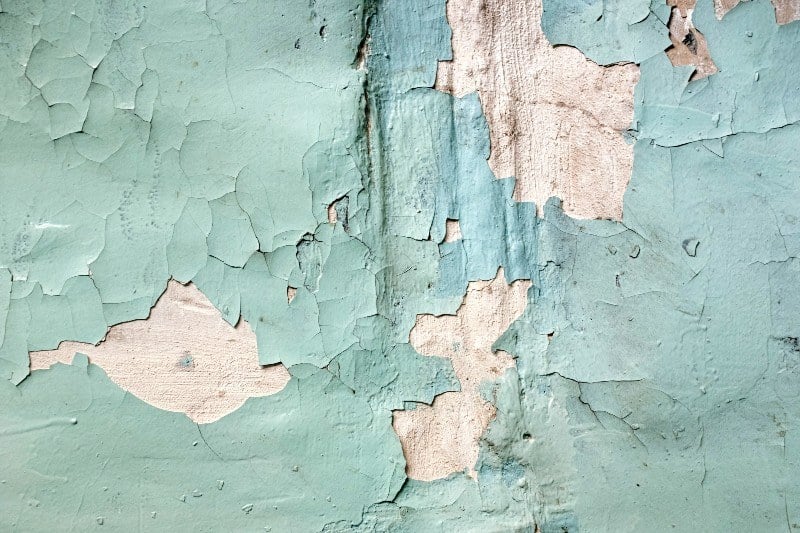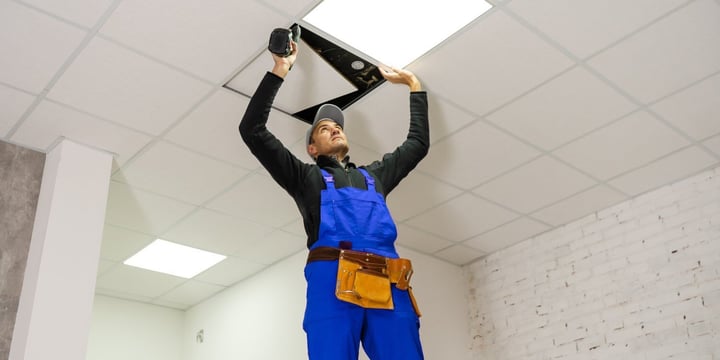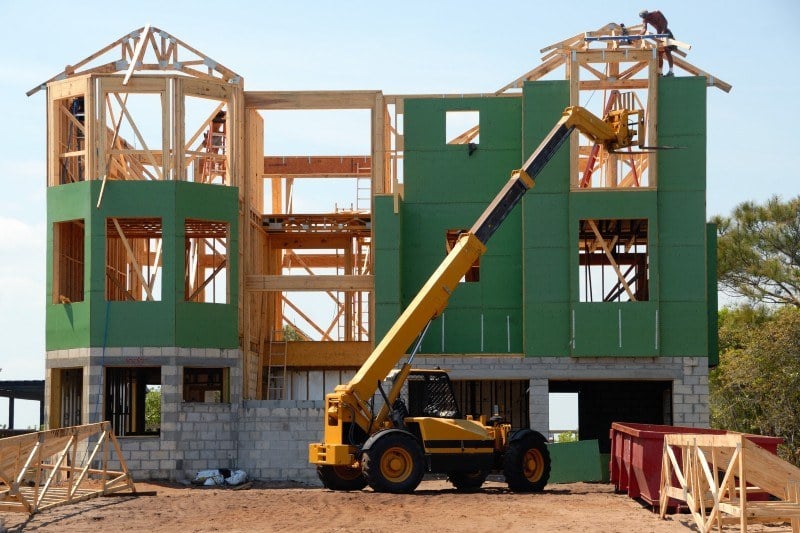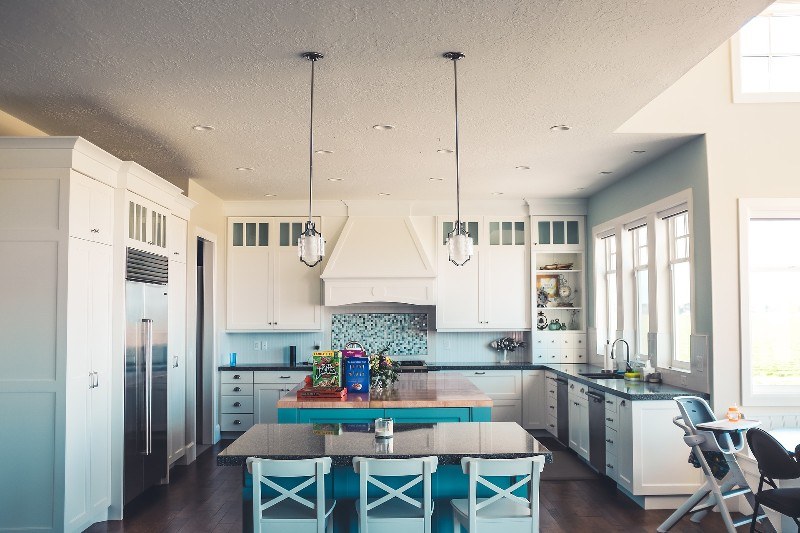
Lead Based Paint Disclosure: What Homeowners Should Know
Posted on Sep 28, 2022
When you’re buying or selling a home, it’s important to know whether or not the home has lead-based...

Posted on Sep 28, 2022
Home prices have shot up over the past few years, making homebuying an even more challenging endeavor for those who were already struggling to get together enough money for a down payment/closing costs.
As a home buyer, the cheapest way to buy a house might involve looking at homes in need of a lot of updating. Is it worth it to buy an ugly home? Sometimes yes, sometimes no. Here’s what you need to know, and what to look for when buying a house.
The most important tools for evaluating a home for sale are the inspection and the disclosure document. The inspection is arguably more important, because it can expose issues the homeowners haven’t noticed. You typically only receive an inspection report, though, once you’ve put down an offer on a house.
Having an experienced Realtor on hand is important because they can spot potential issues before you have to pay for the inspection (because if something turns up, you’re still out approx. $500).
"I try to help people focus less on the cosmetic nature of the house, but instead on the structure. I try to see the longterm picture. Not everything has to be fixed all at once," explains Laura White, a Philadelphia-based Realtor. "The things that cost the most money are structural things. Then I help them with figuring out which cosmetic changes they can make within their budget and time frame."
Cosmetic issues like old cabinets or a stained bathtub aren’t as big of a problem - although they may be an expense to fix or replace, they’re a relatively small and predictable expense.
If there’s visible water damage to the floors or ceiling, however - or signs of insect infestation - the home’s problems may be more extensive and more expensive to fix.
You’ll need money on hand to fix the issues with your home, but you probably won’t qualify for a HELOC yet (home equity line of credit) since it requires having built-up equity to pull out.
Keep in mind, the benefit of looking for homes that need largely cosmetic changes is that you don't need to fix everything at once. An outdated kitchen might not be cute, but you can still cook pasta and make toast for a year while you save up money to fix it up.
If the home in question has been on the market for a while - or doesn’t seem to be drawing much interest from other buyers - you’ll be in a stronger position to ask the seller for seller concessions.
In this situation, the seller will pay for some of your closing costs. If you really want to pay $250,000 for the home, for example, you might offer $253,000 and ask for $3,000 worth of seller concessions. Because the seller will pay some of your closing costs for you, you’ll have more cash on hand to pay for repairs (in other words, no actual cash will exchange hands).
"I think that every client’s ability to get a home that needs a bit more work is different since fixes often require cash on hand - sometimes fixing it up is not in their reach," explains White. "But the willingness to do the work, and think more about outside-of-the-box solutions, is important. There are clients who are more willing to take on the challenge to update a home, and go with updates that cost less money, and try things they saw online. There is definitely a section of buyers who can benefit from buying a home that is not conventionally turnkey."
Few people want to be reminded of a sterile office environment when they’re in their living room - and might be wondering how much it costs to replace a drop ceiling.
In many cases, as the term implies, there is a ceiling that is actually higher up than the dropped ceiling. These became popular in older homes in the last century as a way to conserve heating costs (by keeping heat closer to the ground), or to hide messy ceilings that had been updated with electrical wires over the years. You may want to ask what is behind the ceiling before making an offer, since it may impact what changes you can make.
Drop ceilings can often be a very manageable fix, but because they date a home so much and don’t create that “dream home” look in photos that draw in competitive buyers, you have a chance of finding some true gems in the rough in your local housing market.

The carpet has not been deep-cleaned or replaced since 1973, and it shows. Staining and smells cling to the dingy beige tread and in today’s hardwood floor-happy market, buyers are turned off completely.
Carpets are another very doable fix, though, with predictable costs. Carpet and padding (which goes beneath the carpet to produce that soft sensation - recommended for comfort and insulation purposes) can vary widely in price depending on quality, but let’s say you go with a mid-range carpet that’s $4 per square foot.
“Pepto-bismol” bathrooms - those bathrooms tiled in a garish-colored pink - were incredibly popular in the 1950s, and many holdovers exist today. When you visit a home where the bathroom is medicinal pink or simply tiled in a way that now looks incredibly dated, it can be hard to see the potential there. Here’s what it would take to turn it around.
"You can easily refresh a bathroom with a couple of updates like painting the vanity or changing out the shower curtain, that sort of thing. Those things are easy enough," notes White.
The kitchen and the bathroom are two rooms that immediately draw the eye - and the buyers. If the house’s kitchen looks terribly outdated, it can be difficult to see it as part of your perfect dream home. Fixing it up might not be as hard as you think, though, especially if the appliances are still in good working order.
We’ve all seen that house on Realtor.com that inexplicably has every room painted a different eye-popping color. While this might make a home look less than photo-perfect on websites, paint is something that’s possible to cover up.
Painting is something you can DIY, but you might want to practice on an out-of-the-way room first. Poor painting planning/prepping can lead to streaks and bubbles.
Paint, carpet, cabinets - cosmetic problems don't get in the way of you enjoying your home, and you can update at your leisure. What sort of things should you avoid if you're looking for real estate bargains that won't become a money pit?
So: if you're wondering how to find deals in real estate, your best bet is often the homes that look terrible in photos - but have good bones and the potential to truly shine with a bit of attention (and a few coats of paint).
"In this seller's market, it’s a little bit harder for buyers to negotiate - and that’s where the willingness for a potential buyer to see outside of the box in terms of the home being exactly what they want it to be becomes a benefit," says White. "Maybe they won’t get a home for a drastically lower price, but they might get it without the competition of multiple offers -or they get it for the price it’s listed at [and not have to go over]."
Subscribe to our newsletter to get essential real estate insights.

Posted on Sep 28, 2022
When you’re buying or selling a home, it’s important to know whether or not the home has lead-based...

Posted on Sep 28, 2022
There is a frustrating lack of available homes for sale in real estate markets around the country....

Posted on Sep 28, 2022
Buying a home is a major investment - in fact, for most homebuyers it’s likely the most sizable...